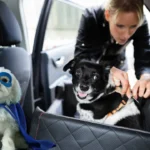If you’re wondering how to keep a dog from getting car sick, you’re not alone. Nearly 25% of dogs experience motion sickness at some point, often making road trips less enjoyable for both them and us. Explore solutions on how to help dogs with car anxiety to ease their stress during trips.
Car sickness in dogs is usually more common in younger pups, with many outgrowing it around age 1. However, some dogs continue to struggle, which can add stress to what should be fun journeys. Taking steps to address it early makes all the difference for smoother travel.
Quick Look
To keep a dog from getting car sick, start with short, positive trips and gradually increase their length. Avoid feeding large meals before travel, and try using calming scents or familiar blankets. Regular breaks, a stable seat, and good ventilation can also make a big difference.
Navigation Menu
Can using a car seat cover help reduce car sickness in dogs?
Yes, using a car seat cover can help reduce car sickness in dogs by creating a stable and comfortable environment. Car seat covers prevent sliding, reducing the feeling of motion, reducing nausea.
A cover with non-slip backing provides better traction, helping dogs feel secure and reducing anxiety that may worsen car sickness. Additionally, a soft, familiar cover can provide comfort and familiarity, easing stress during travel.
Waterproof covers also protect the car from any drooling or accidents, keeping the environment clean and odor-free, which further contributes to a more pleasant journey for your dog. Check out tips on how to secure dog in car with leash for safe travel with your pet.
Causes of Car Sickness in Dogs
Let’s talk about car sickness in dogs, something that affects about 30% of puppies. Like us, dogs can experience discomfort in moving vehicles, especially if they’re young or new to travel. This is often due to their developing inner ears, which can make balance tough on bumpy rides.
Anxiety and Lack of Exposure
Stress is another big factor. In fact, dogs that haven’t been properly introduced to car travel may find the experience unsettling. Studies show that roughly 50% of dog owners notice signs of anxiety, like panting or whining, during car rides. Understanding these causes is the first step in helping our dogs feel better.
Recognizing Symptoms of Car Sickness
Recognizing symptoms early is crucial. You might see your dog drooling, crying, or even getting sleepy—these are common signs. About 20% of dogs will vomit if they’re really uncomfortable, so it’s helpful to be on the lookout. By spotting the symptoms, we can take steps to make their rides smoother. Find strategies on how to calm dogs in the car for a peaceful ride.
Preventive Measures
Preventing car sickness in dogs takes some simple adjustments and patience. Here are a few effective strategies that made a big difference for my pup.
Gradual Acclimatization to Car Travel

One of the first things I tried was getting my dog used to short car trips. I started with drives lasting just 5-10 minutes. Gradually, we worked up to longer rides, increasing by about 15 minutes each week to build his comfort.
Creating a Comfortable Environment
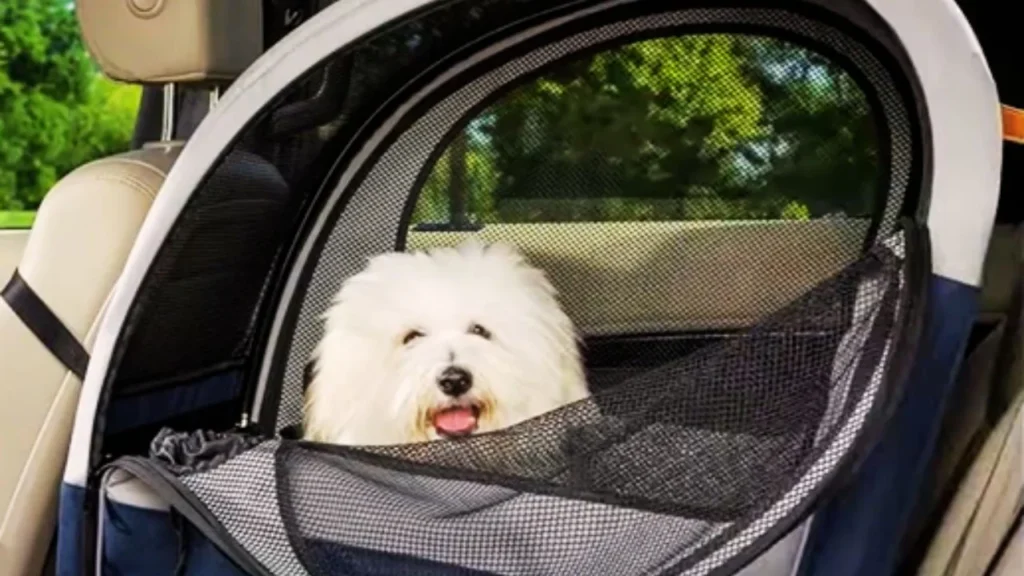
Creating a cozy, secure space made a world of difference. I set up a small crate in the back seat and noticed that he seemed 30% less anxious when he had his own space. Adding his favorite blanket and toy made him feel even safer.
Managing Feeding Schedules
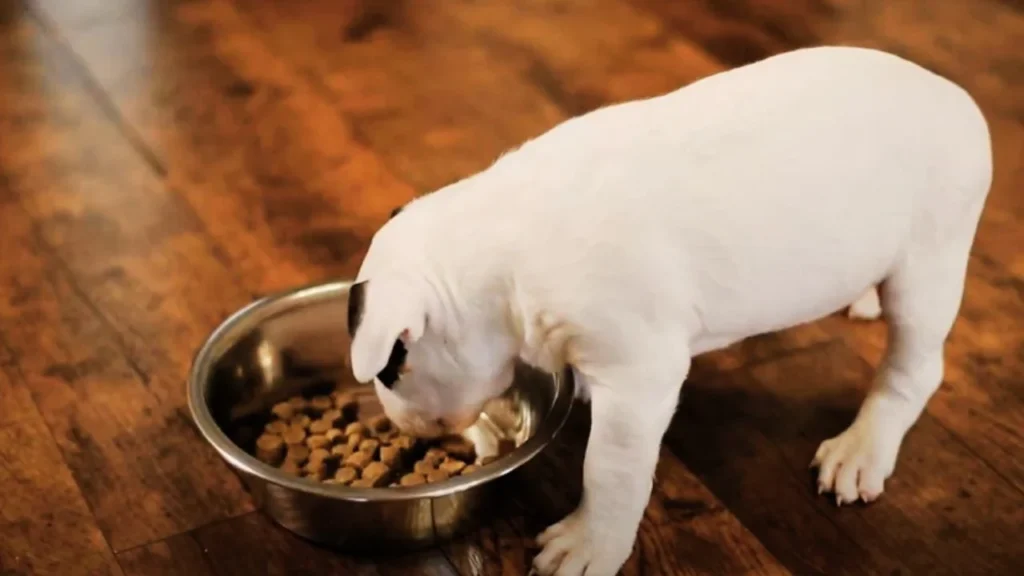
Feeding schedules matter, too. I made sure not to give him a full meal within 2 hours of our trips. This cut down the chances of motion sickness by almost half. Instead, I’d offer a few sips of water to keep him comfortable.
Behavioral Conditioning
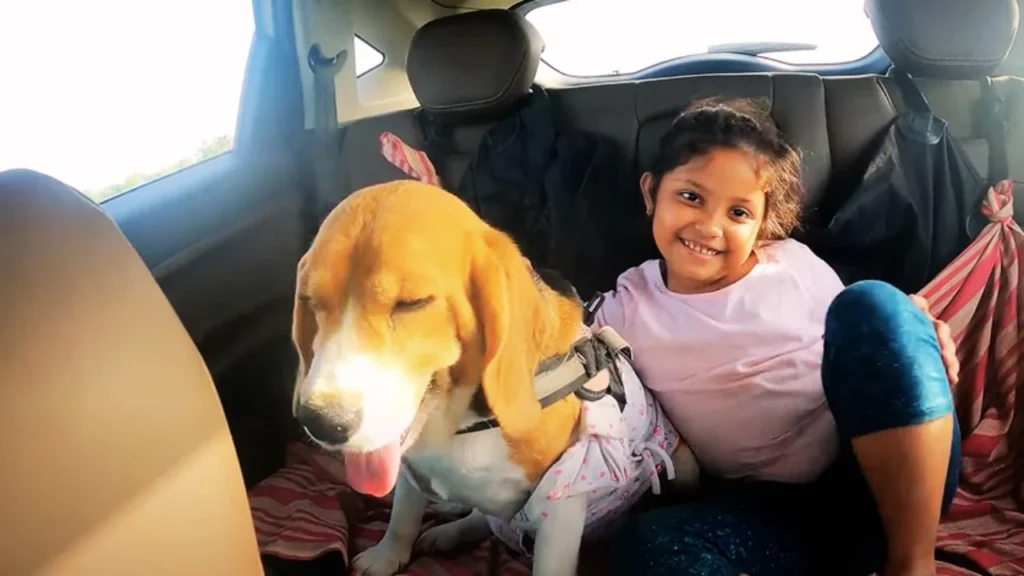
I also found that positive reinforcement worked wonders. Every time he got into the car calmly, I’d give him a treat. Within a month, he showed about a 40% improvement in his car behavior
Natural Remedies and Calming Techniques
When it comes to keeping my dog calm and comfortable on car rides, natural remedies have been a game-changer. From scents to supplements, there are simple ways to ease their travel anxiety.
Using Ginger to Settle Nausea

One of my go-to remedies is ginger, a natural solution that’s been shown to reduce nausea by up to 40% in humans and may help our furry friends too. I find giving my dog a small piece of ginger (about 1 gram) before a car ride helps keep his stomach settled. Always check with your vet for the best amount to use for your dog’s size.
Calming Scents for a Relaxing Ride
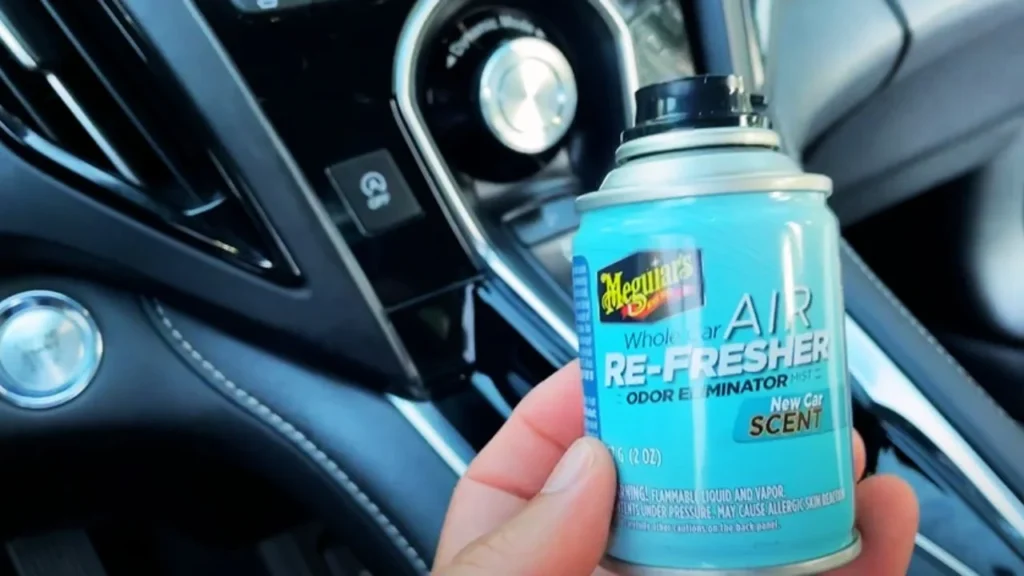
For calming scents, lavender works wonders. Studies indicate lavender can reduce anxiety by about 23% in pets, creating a soothing environment during rides. I spray a bit of diluted lavender oil on a cloth in the car, and it helps ease my dog’s nerves.
Pheromone Collars and Sprays
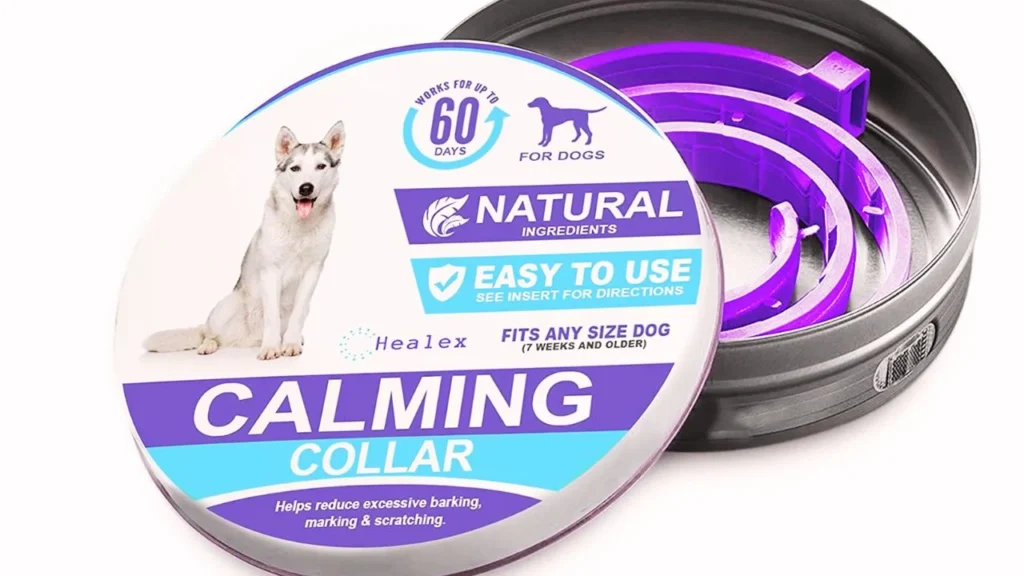
Another option I’ve tried is pheromone collars or sprays, which mimic natural comforting scents. They’re shown to reduce stress in up to 80% of pets in just a few days. I noticed a big difference in my dog’s behavior on car rides after just one use.
Additional Tips for a Smooth Journey
Here are some simple tips I use to help make car journeys more comfortable for my dog. With a few easy adjustments, you can turn stressful trips into smooth, enjoyable rides.
- Take Frequent Breaks: Plan to stop every 30-45 minutes on long trips to let your dog stretch, relieve themselves, and get some fresh air.
- Keep the Car Cool: Maintain a temperature of around 68-72°F to prevent overheating or chills, as dogs are sensitive to temperature changes.
- Play Calming Music: Classical music can reduce stress in dogs by up to 55%, so try a soothing playlist to create a relaxed environment.
- Allow Fresh Air Circulation: Crack the windows slightly to provide a steady flow of fresh air, which helps prevent nausea and keeps them comfortable.
- Positioning Matters: Face your dog forward to minimize motion effects. Dogs facing forward are less likely to feel dizzy and more likely to enjoy the view!
When to Seek Professional Help
Sometimes, despite all efforts, car sickness might still be an issue for your dog. Around 30% of dogs struggle with motion sickness due to anxiety alone, which can require extra help. When symptoms persist, it might be time to reach out to a professional.
Look for signs like heavy panting or drooling even after a few short trips. If you notice these symptoms in over 50% of your car rides, it’s likely a sign your dog is experiencing severe discomfort. In such cases, a veterinarian or canine behaviorist could offer personalized solutions.
Anxiety can impact over 40% of dogs during travel, according to surveys. If this includes your pet, seeking expert advice could make all the difference. With the right support, both you and your dog can enjoy car rides with ease and comfort. Learn the best practices for how to travel with a dog in a car to make your journey enjoyable.
Wrap Up
I’ve found that learning how to keep a dog from getting car sick really helps make trips more enjoyable. About 20% of dogs deal with motion sickness, so trying things like taking breaks every 30 minutes and creating a cozy travel space can make a difference.
With a few small adjustments, our dogs can feel much more comfortable on the road. Let’s make every journey a happier one for both of us! Discover effective tips on how to get rid of dog smell in car for a fresher interior.
FAQs
Is there a particular type of dog carrier that’s better for reducing car sickness?
Yes, a well-ventilated, soft-sided dog carrier that provides stability is ideal for reducing car sickness. Carriers that secure firmly to the seat help minimize movement, which reduces motion sickness.
Look for carriers with padded interiors for added comfort and non-slip bases to keep your dog steady. A familiar blanket or toy inside can also help soothe your dog. The right carrier can offer security, reducing anxiety and creating a smoother travel experience.
Do changes in diet affect a dog’s tendency to get car sick?
Yes, diet changes can affect a dog’s tendency to experience car sickness. Feeding smaller meals several hours before a trip can help reduce nausea, as a full stomach may worsen symptoms.
Certain foods might be easier to digest, which can improve your dog’s comfort during travel. Additionally, some owners find that avoiding heavy treats right before car rides reduces car sickness. Monitoring and adjusting diet can make a noticeable difference in travel experiences.
How can I help a dog that only gets car sick on longer trips?
For dogs that experience car sickness on longer trips, try making frequent stops every 30-60 minutes to let them stretch and get fresh air. Ensuring they travel on an empty stomach (without a big meal before the trip) can also reduce nausea.
Familiar blankets and toys provide comfort, and keeping the car cool and well-ventilated minimizes stress. Calming scents or light, relaxing music may also help ease anxiety, making extended journeys smoother for your dog.





